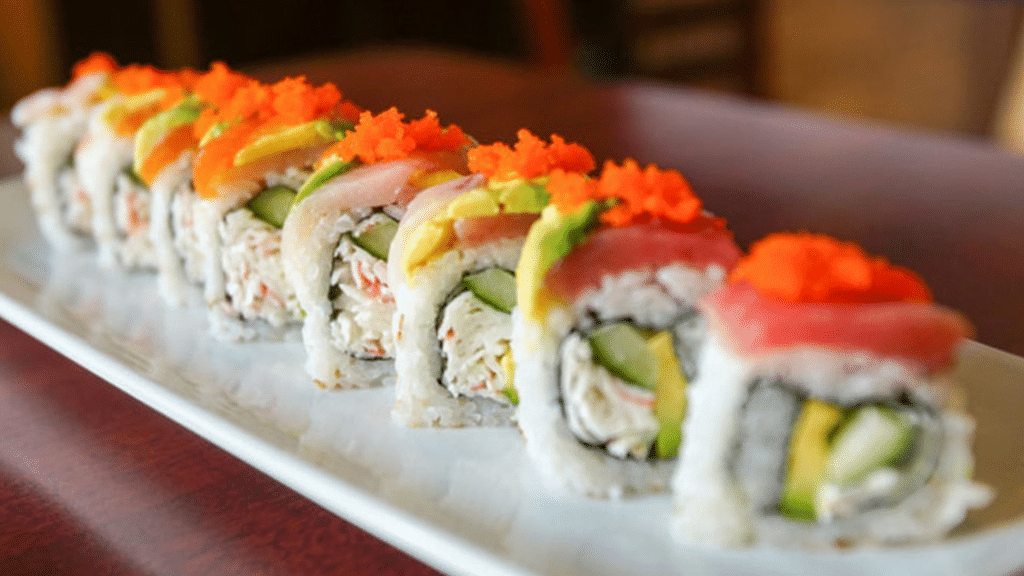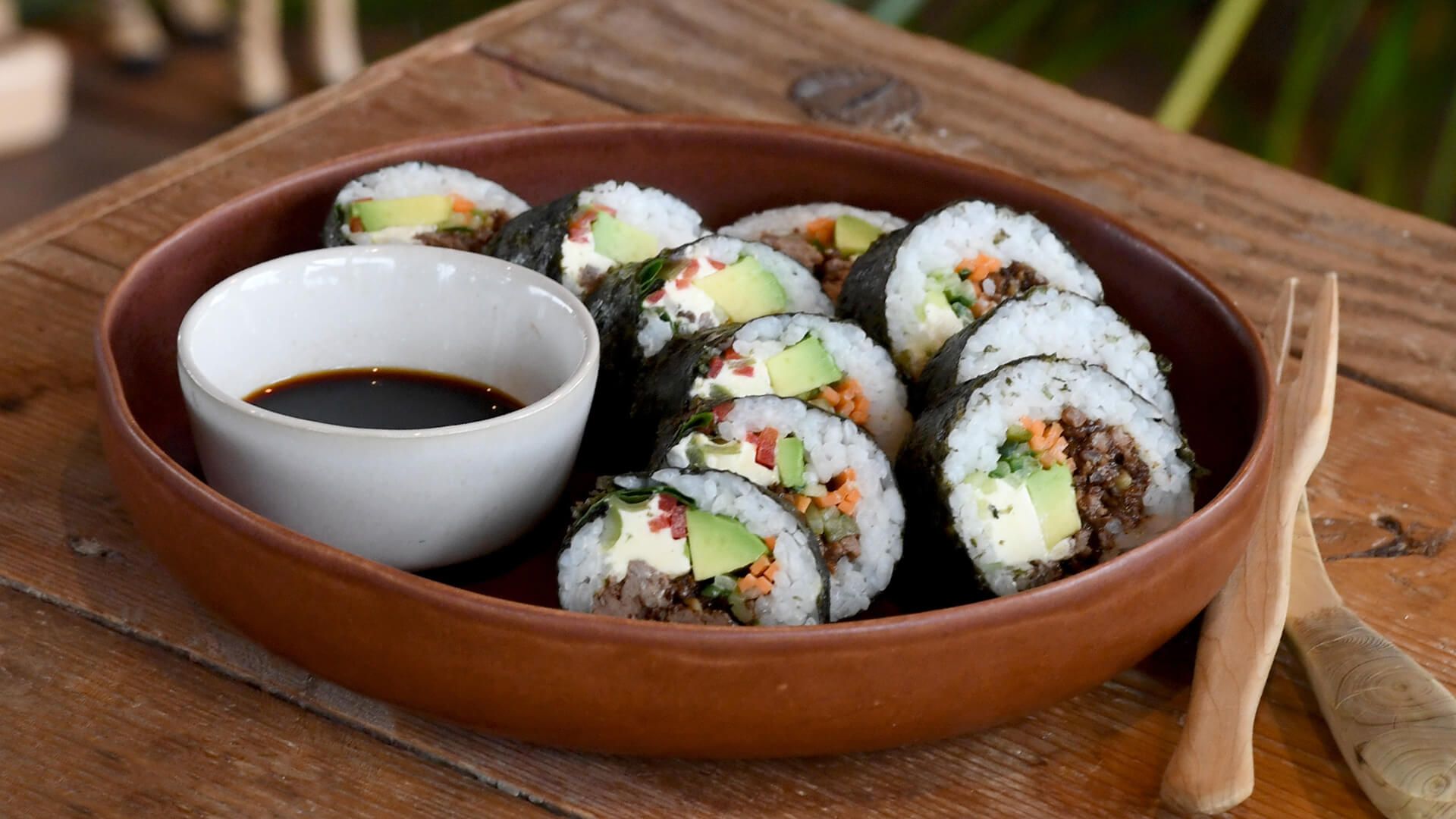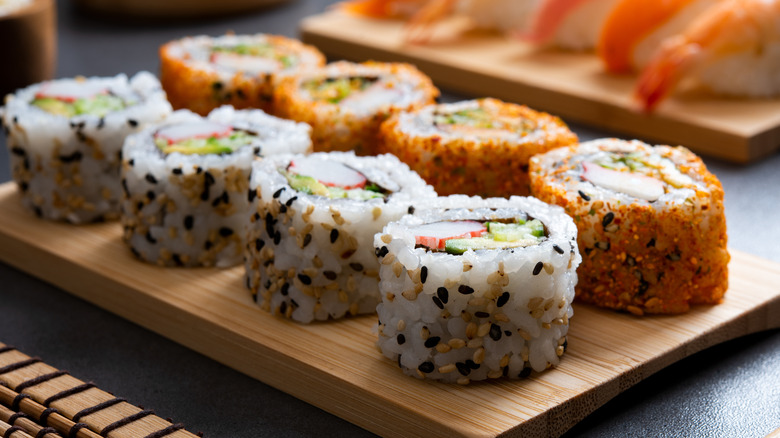Mastering the Perfect Sushi Seasoning Recipe
Written By James Morgan
Theres an undeniable allure to the delicate combination of flavors, textures, and artistry involved in creating sushi, one of Japans most famous culinary exports. Whether youre a sushi aficionado or a culinary adventurer, making your own sushi at home can be a gratifying and delectable experience. Central to this process is mastering the sushi seasoning recipe, which not only elevates plain rice into the distinctively delicious sushi rice but also brings harmony to the entire sushi ensemble.

The Importance of Sushi Seasoning
The hallmark of exceptional sushi is the rice. Perfectly seasoned sushi rice forms the foundation of great sushi. The right balance of vinegar, sugar, and salt is essential in achieving the correct flavor and consistency that defines traditional sushi rice. This balance ensures that the rice is not too sour, too sweet, or too bland, but possesses a subtle tang that complements the fresh ingredients used in sushi preparation.

Ingredients for the Ideal Sushi Seasoning
To prepare an authentic and delicious sushi seasoning, you will require the following ingredients:
- Rice Vinegar: Preferably Japanese rice vinegar, known for its delicate and mild flavor.
- Granulated Sugar: Regular granulated sugar to add a touch of sweetness.
- Kosher Salt: Enhances the overall taste without overpowering the subtle flavors.

Recommended Cookware
To ensure your sushi seasoning is prepared perfectly and your sushi-making process is smooth, the following cookware items are highly recommended:

Steps to Create the Perfect Sushi Seasoning
The journey to the perfect sushi seasoning recipe begins with understanding the ratios and combining the ingredients carefully:
-
Measuring Ingredients
The first step is to measure your ingredients precisely. For each cup of uncooked sushi rice, you will need:
- 1/2 cup rice vinegar
- 1/4 cup granulated sugar
- 1 tablespoon kosher salt
-
Mixing and Heating
In a small saucepan, combine the rice vinegar, sugar, and salt. Place the saucepan over medium-low heat and stir frequently until the sugar and salt are fully dissolved. This should take about 3-5 minutes. Ensure the mixture does not boil as this can alter the flavor profile of the vinegar.
-
Cooling
Once the sugar and salt are completely dissolved, remove the saucepan from the heat. Allow the sushi seasoning to cool to room temperature. This step is crucial as pouring hot seasoning over rice can make it mushy.
The Art of Seasoning Sushi Rice
With the seasoning ready, the next step is incorporating it into your sushi rice. Here's a detailed guide on how to do it:
-
Preparing Sushi Rice
Cook the sushi rice according to the instructions of your Rice Cooker. Once the rice is cooked, transfer it to a large, non-reactive bowl such as a wooden or plastic mixing bowl.
-
Adding the Seasoning
While the rice is still warm, evenly sprinkle the sushi seasoning over the rice. Use a paddle or spatula to gently fold the seasoning into the rice. The goal is to coat each grain with the seasoning without smashing the rice. Fan the rice simultaneously or as you fold to help it absorb the seasoning and to cool evenly.
-
Cooling the Rice
Once the seasoning is thoroughly mixed into the rice, allow it to cool to room temperature. Your perfectly seasoned sushi rice is now ready to be used in your sushi creations!
Making Sushi at Home: Tips and Tricks
Creating delicious sushi at home involves more than just perfecting the sushi seasoning recipe. Here are some additional tips to ensure your sushi-making experience is successful:
- Invest in Quality Tools: High-quality tools like a Sushi Knife and a proper Sushi Making Kit can make a significant difference in your sushi preparation process.
- Fresh Ingredients: Always use the freshest ingredients available, especially when it comes to fish. Freshness is key to both the flavor and safety of your sushi.
- Keep Your Hands Wet: When handling sushi rice, keep your hands wet to prevent the rice from sticking to your fingers. This makes shaping the sushi much easier.
Cleanup and Maintenance
After the delightful task of making and enjoying sushi, its essential to clean your tools and equipment properly to maintain their longevity and functionality. Here are some tips on how to clean and care for your sushi-making tools:
- Use a gentle, non-abrasive Cookware Cleaner to clean your pots, pans, and utensils without scratching them.
- Regularly oil your cutting board with Cutting Board Oil to keep it in good condition and prevent it from cracking.
Remember, taking care of your tools ensures they remain in top shape for your next sushi-making adventure!
Conclusion
Mastering the sushi seasoning recipe is a foundational skill for anyone looking to create authentic and delicious sushi at home. With the right balance of rice vinegar, sugar, and salt, you can elevate plain rice into a delectable and essential component of your sushi creations. By investing in quality tools, using fresh ingredients, and following proper techniques, your homemade sushi can be a culinary masterpiece. So gather your ingredients, prepare your tools, and embark on your sushi-making journey with confidence and enthusiasm!
For more insights on similar cooking techniques, check out our other articles:
As an Amazon Associate, I earn from qualifying purchases.



